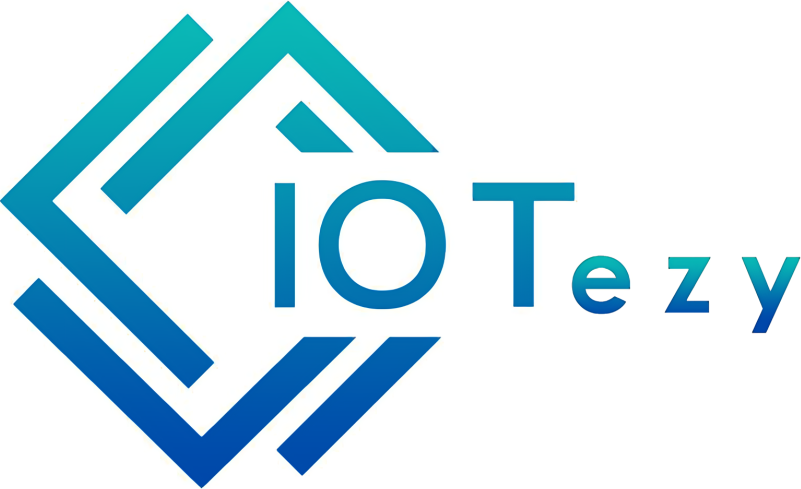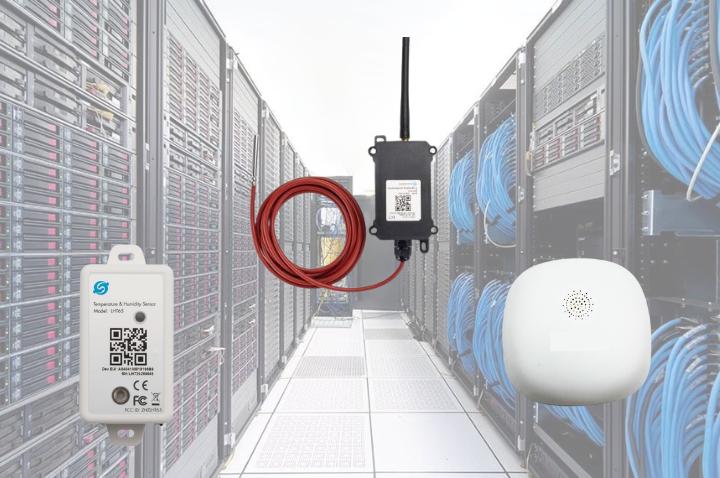How Data Centers Use IoT and Temperature Data Loggers to Prevent Overheating and Power Loss
In a world where digital infrastructure powers nearly every business, data centers play a vital role in maintaining uptime, security, and performance. But these mission-critical facilities face two constant threats: overheating and power loss.
Thanks to the rise of IoT technology and temperature data loggers, data centers now have the tools to monitor, detect, and prevent failures before they happen.
The Problem: Overheating in Data Centers
Servers and networking equipment generate massive amounts of heat. If left unmanaged, rising temperatures can cause:
- Hardware damage
- System crashes
- Reduced lifespan of equipment
- Risk of fire
This is where temperature data loggers become essential. These devices continuously record temperature levels and help ensure that thermal conditions remain within safe operating ranges.
Power Loss: A Silent Killer
Power disruptions even for a few seconds can lead to:
- Data corruption
- Downtime for critical services
- Expensive recovery procedures
While backup systems like UPS units and generators help, they also need to be monitored to ensure they’re functioning when needed. Integrating IoT sensors and data loggers into power infrastructure helps preempt failures before they impact operations.
How IoT and Temperature Data Loggers Work Together
1. Real-Time Temperature Monitoring
Strategically placed IoT temperature data loggers monitor:
- Server rack temperatures
- Airflow patterns (hot/cold aisles)
- Ambient room temperature
If temperature thresholds are exceeded, alerts are sent instantly via SMS, email, or mobile apps.
2. Data Logging for Compliance and Auditing
Regulatory bodies often require documented proof of temperature management in IT environments. A temperature data logger provides:
- Automatic logs of all readings
- Exportable reports for audits
- Historical analysis for spotting trends
3. UPS and Power Monitoring
IoT systems monitor:
- UPS battery temperature and voltage
- Generator readiness
- Power usage trends and anomalies
Combined with temperature data, this gives a full picture of system health.

4. Predictive Maintenance
When temperature and power data are analyzed over time, patterns emerge:
- Is a server rack consistently overheating?
- Is a UPS battery degrading faster than expected?
Predictive alerts based on these trends help schedule maintenance before failure occurs.
Final Thoughts
A temperature data logger is more than a sensor it is a safety net for your infrastructure. When integrated with IoT, it forms the core of a smart environmental monitoring system that helps prevent costly damage, downtime, and reputational risk.
In the high-stakes world of data centers, real-time temperature monitoring is essential.
Find Your Solution
Prevent Overheating and Protect Important Asset

